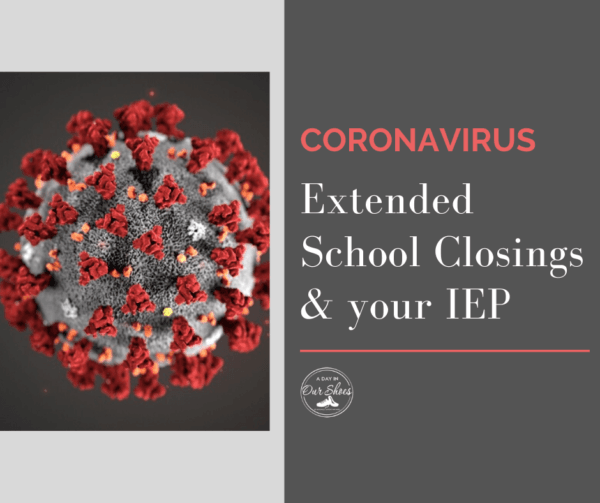Editor's Note: If you want to make your home more eco- friendly but are sure you'll never find the time or money to make the necessary changes, read on. Trina O'Boyle captures a dozen easy ways to start making your home and lifestyle cleaner, and they don't cost a fortune.
I constantly feel that I can do better. I can make my home greener and healthier everyday by doing simple things. Not only will I create a healthier living space for my family but we also will be protecting the environment as well. We all know the basic things that can lead to change. Recycling, buying organic foods, using reusable bags, but there is so much more we can do just by making some simple lifestyle changes.
Some people may think that going green will be too expensive. When leading a eco-friendly lifestyle you don’t necessarily need to invest in solar panels, sustainable wood flooring or nontoxic paints. Simple changes in your everyday life are all it takes to make your home healthier, safer and greener. Creating change can be hard at first, it’s easy to get comfortable and complacent but when taking small steps those will lead to naturally taking bigger steps towards a healthier home. I hope these 12 ways to create a green and healthy home inspires you to get out there and make a difference. Remember, one change a month could make a huge difference.
1. Grow plants indoors. Live plants around your home act as natural air filters, and some plants are particularly effective. Spider plants, Boston ferns, rubber plants and palm trees can absorb harmful pollutants emitted from carpets, furniture and electronic equipment.
2. Choose non-toxic cleaners. Find eco-friendly alternatives to harsh chemical cleaners, which can cause health problems and pollute the environment as well. Several brands of non-toxic, biodegradable cleaning products are available at both natural grocery shops and chain stores. You can even make your own using baking soda and essential oils. It’s much cheaper and can be used as an all-purpose cleaner, scourer, polisher and fungicide.
3. Plant an edible garden. Besides giving you tons of vegetables, fruits and herbs, a garden can help reduce both soil erosion and air pollution. Use organic plants, seeds and soil. Composting will also help the soil and plant quality, and when possible plant items that are perennials so they come up year after year.
4. Compost kitchen scraps. Eggshells, tea leaves, coffee grounds, fruit and vegetable peelings – pretty much any organic matter can find a home in a compost pile or bin. Mix with yard trimmings and add water and presto – you have a nutritious soil enhancer, and you’re doing your part to reduce landfill waste. If you don’t have a yard that is suitable to make compost, you can seek a local composting service.
5. Recycle household goods. This is a easy one, plus you are decluttering your house in the process. Take the kids into the toy room and give them each a bag. Ask them to choose items that they would like to give away to the needy. They feel good about the kind deed they are doing, and you are not throwing toys into a landfill. If you feel up for it, host a clothing or book swap. For years I put together a costume swap at a local community center. It was a huge hit, and people saved money on yearly costumes and were able to see that their old ones went to another family.
6. Conserve water. This is one I’m still working on. It’s a habit that I need to get used to. When doing dishes, fill the sink instead of letting the water run. Turn the water off when brushing your teeth and even taking a shower. You’ll use a fraction of the water that’s used by leaving the faucet running.
See page 2 for the rest of the tips
7. Water-saving shower head. How many people give themselves ecological brownie points for taking a shower rather than a bath, then undo all the good work by installing power showers that spew out more water than an American car wash? You will save more energy if you opt for an aerated or low-flow shower head. It’s an easy install, and you will save a ton of money, especially if you have a teenager.
8. Collect rainwater. Using a simple rain barrel can help you collect gallons of water to use for watering plants and gardens and washing cars and other things that require non-drinking water. By collecting rainwater you protect the water supply and save a ton of money on your water bill.
9. Invest in an air purifier. Keeping your air quality good can help keep your family healthy because irritants in the air area leading cause of breathing issues and can cause asthma and allergy attacks. An air purifier is used to pull toxins out of the air and traps them within the system, keeping them away from your family.
10. Check for radon. Radon is the second leading cause of lung cancer in the United States. It is prevalent in soil and can leak through the cracks of your home’s foundation. Check regularly for radon in your home, using a radon test kit. If radon happens to be in abundance in your home, call a contractor who can help you decide what the best course of action is to keep your family safe.
11. Change light bulbs. Each compact fluorescent lightbulb (CFL) saves you about $6 per year in energy costs, according to Energy Star. And the Environmental Protection Agency (EPA) says CFLs suck up to 75% less energy than incandescent light bulbs and last up to 10 times longer. Hate the way fluorescent lights look? Kind of feel you are in the hospital when the lamp is on? Well, now you can purchase CFL lights that have a softer hue, which is much gentler on the eyes.
12. Install a programmable thermostat. You’ll save about $180 per year in energy costs, according to Energy Star. Programmable thermostats conveniently cycle off the system when you’re not home and maintain the desired temperature when you are—in other words, they learn your habits so you’re more comfortable when you’re home and saving money when you’re not.
Remember, creating change can be hard at first. It’s easy to get comfortable and complacent, but small steps will lead to bigger steps towards a healthier home. What are some ways you are creating a more eco-friendly and healthier home for your family?
Trina O'Boyle is a Drexel Hill, PA mom of two boys. This post is adapted from her blog, O'Boy Organic.






